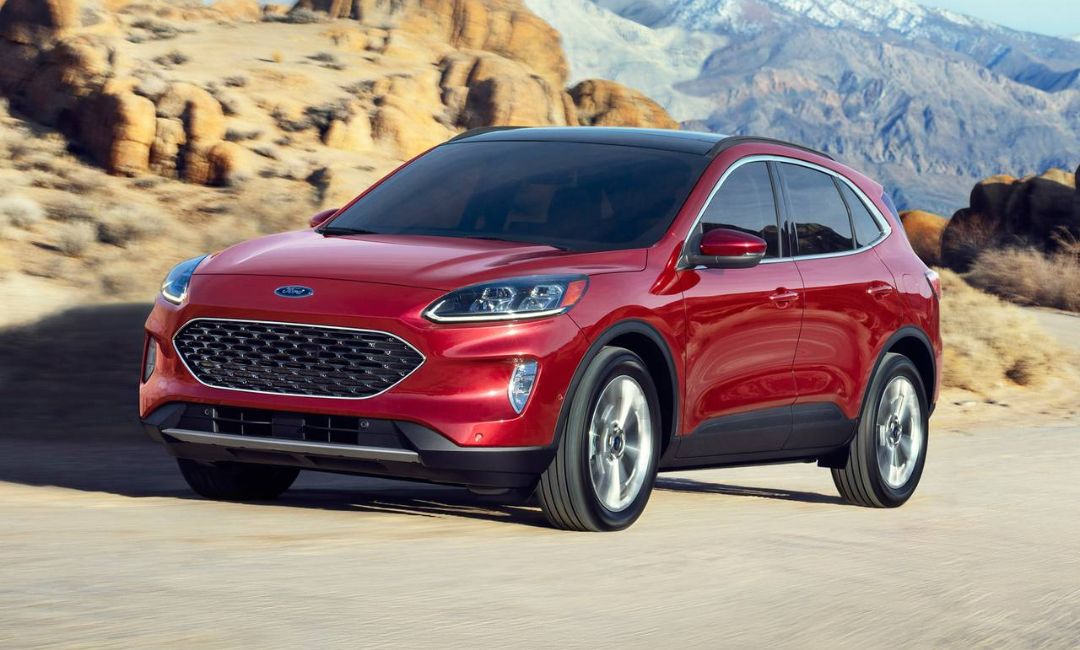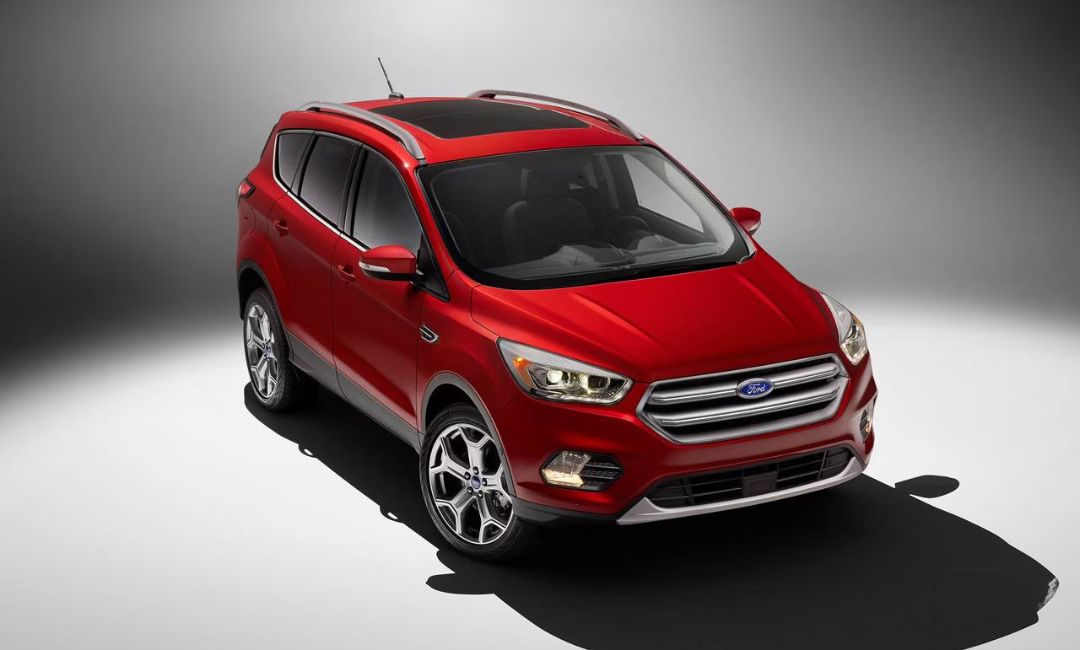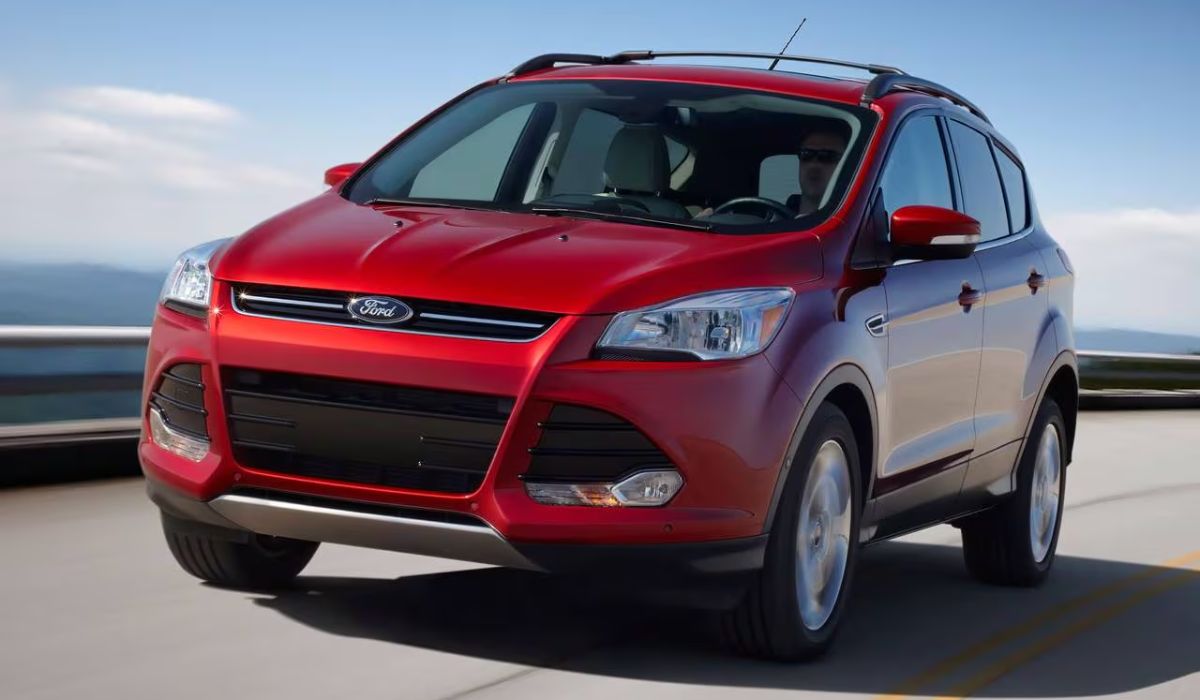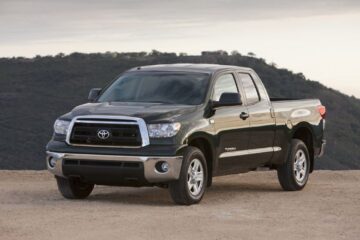If you’re in the market for a used compact SUV, it’s likely the Ford Escape is on your shortlist — and for good reason. Since its introduction in 2001, it has been one of Ford’s higher-selling crossovers, offering an outstanding balance of practicality and fuel economy. But before you pull the trigger on a used Escape, here’s what you need to know: Not all model years are created equal when it comes to a used model to buy.
In reality, many Ford Escape model years have been plagued by severe issues, including engine failure, transmission failure, electrical system malfunctions, and costly repairs resulting from recalls. And those issues have left thousands of owners frustrated — and, in a few cases, with repair bills exceeding $3,000.
So, what are the worst Ford Escape years to avoid? What models have a history of reliability, and which ones should you avoid altogether? This guide provides an overview of the most problematic Ford Escape years, cites real owner complaints, and identifies models and engines that are especially prone to issues. We’ll also highlight the most dependable Escape model years, providing you with all the details you’ll need to make an intelligent, budget-conscious buying choice wherever
You’re from a dealership or a private sell seller, knowing Ford Escape years to avoid acantentially saves you from a lot of frustration in your purchase; down the road, repairs-pair-wise into the numbers to find out which Ford Escape used cars are worth a shot of confidence—and which are better left for dead in the grocery store.
Must Check: Dodge Journey Years to Avoid Some Are Real Headaches
A Personal Wake-Up Call: How My Friend Lost $3,200 on a Used Ford Escape
A good friend of mine purchased a 2014 Ford Escape last year. It was under 80,000 miles, felt great on the outside — and was cheaper than the vast majority of RAV4s or CR-Vs. It was a bargain — until it wasn’t. Three months later, the engine began overheating. One blown head gasket and coolant leak later, she was left with a $3,200 repair bill.
Her story isn’t rare. Thousands of Americans have filed similar reports for some model years of the Ford Escape — so now more than ever, do your homework before buying one used.
Quick Overview: Ford Escape Problem Years
| Model Year | Major Issues | Estimated Repair Cost | Should You Avoid |
| 2005 | Transmission failure, PCM faults | $2,000–$3,500 | Yes |
| 2008 | Steering column and engine issues | $1,800–$3,000 | Yes |
| 2013 | Coolant leaks, turbo failure, recalls | $2,500–$4,000 | Yes |
| 2014 | Overheating, transmission stutters | $2,000–$3,200 | Yes |
| 2020 | Infotainment glitches, engine stalls | $1,500–$2,800 | Caution |
1. 2005 Ford Escape: The Transmission Nightmare

Are you considering purchasing a used 2005 Ford Escape? Think again. It is one of the worst years for the Ford Escape to miss out on the engine transmission, which is notorious for failure this year. Slipping gears and transmission warning lights have been reported by owners, with complaints and breakdowns occurring before the vehicle reaches the 100,000-mile mark. These problems can often arise without warning and can result in a breakdown, leaving you with a substantial repair bill that can put you well out of pocket.
Common Complaints:
- Slipping or jerky shifting
- Check engine and transmission lights
- Powertrain failure
Estimated Repair Costs:
- Transmission rebuild: $2,500
- PCM replacement: $1,200
Why to Avoid it : Repair costs can skyrocket quickly, with the 2005 Ford Escape being a prime example of a used SUV that offers relatively high risk and low reward.
2. 2008 Ford Escape: Steering and Engine Woes
The 2008 Ford Escape may sound like a budget-friendly pick, but it is one of the Ford Escape years to avoid because of a major steering system problem and engine malfunctions. Many drivers complained about an abrupt loss of power steering while driving, particularly at higher speeds, which poses a potential safety hazard. Bad torque sensors and ECM defects are also frequent issues for this model year.
Common Complaints:
- Power steering failure
- ECM and sensor malfunctions
- Rough idling and stalling
Estimated Repair Costs:
- New steering column: $1,500
- ECM repair/replacement: $800
Why to Avoid it : A car plagued by electrical steering and electrical problems, in general, is unreliable and expensive to maintain in the long term.
3. 2013 Ford Escape: The Recall Champion
The 2013 Ford Escape is uncharacteristically problematic. And yet, among more than a dozen recalls, the engineer-related issues have been infamous for this model year – including coolant leaks, engine overheating, and engine fires. Your most significant problem areas will involve the 1.6L EcoBoost motor, with coolant intrusion, as well as turbocharger failures. It’s one of the worst Ford Escape model years to own, especially if you’re budget-minded.
Common Complaints:
- Engine overheating
- Turbocharger failure
- Coolant enters the cylinders.
Estimated Repair Costs:
- Coolant system repairs: $1,200
- If your engine blows: $4,000–$6,000
Why to Avoid it : The high likelihood of a damaged engine, lack of recalls, and expensive repairs mean the 2013 Escape is a bet against a car.
4. 2014 Ford Escape: Still Plagued by Engine and Transmission Issues
The 2014 Ford Escape inherited many of the issues from the 2013 model, specifically those involving the 1.6L EcoBoost engine. Owners often reported overheating, loss of coolant, and transmission hesitation. A few improvements were implemented, but not enough to make this unit trustworthy. For many people, expensive repairs began well before the 100,000-mile mark was reached.
Common Complaints:
- Engine overheating
- Coolant system leaks
- Transmission hesitation and jerking
Estimated Repair Costs:
- Turbo replacement: $2,000
- Head gasket repair: $1,800
Why to Avoid It: The repeated engine and transmission issues have made the 2014 Escape one of the years to avoid for used car shoppers in 2025.
5. 2020 Ford Escape: High-Tech, Low Reliability
The 2020 Ford Escape lured us in with its attractive redesign and true-to-form tech, but we haven’t been able to get past its first-generation issues, which is why it’s best to approach it with caution. Owners have reported experiencing issues with the infotainment system, engine stalling, and electrical problems, particularly in hybrid and plug-in hybrid versions. While not as dire as some past trouble years, it raises red flags.
Common Complaints:
- SYNC 3 system freezing
- Sudden engine shutdowns
- Problems with the backup camera and sensors
Estimated Repair Costs:
- Infotainment system repairs: $900
- Electrical troubleshooting: $800–$1,500
Why to Avoid it: The 2020 Escape is the initial release in a new generation, which means more bugs than bonuses. Also, consider recent model years for improved dependability.
Read More:
- Mazda CX5 Years to Avoid and the Worst Problems They Have
- Chevy Trax Years to Avoid and the Worst Problems to Watch For
- Toyota Tundra Years to Avoid and the Worst Problems Owners Faced
Expert Opinions on Ford Escape’s Trouble Years

When it comes to the Ford Escape models, expert opinions and consumer data convey a similar message. According to Car Complaints, both the 2013 and 2014 Ford Escape are problematic years, with thousands of complaints regarding engine overheating, turbo failures, and transmission issues. These years are also why the Ford Escape is one of the most memorable models in Ford’s history.
Reliability: The 2013 Ford Escape received a poor rating of 2 out of 5 by J.D. Power for powertrain and dependability. Consumer Reports went so far as to rate the 2013 and 2014 model years as “worse than average” for long-lasting ownership satisfaction and repair expenses.
What Auto Experts Say:
“The early EcoBoosts were fantastic engines on paper, but in practice, the durability just wasn’t there.”
— Jake Fisher, Director, Auto Testing, Consumer Reports
“You’ll need to spring for a warranty, or it’s best to stay away from the 2013 and 2014 Escapes altogether.”
— Scotty Kilmer, Master Mechanic & Automotive YouTuber
Expert advice is straightforward — steer clear of 2013 and 2014 Escape models if you’re hoping to avoid expensive repairs and poor reliability.
Safest Bets: Best Years Of The Ford Escape To Buy Used
Not all Escapes are ticking time bombs. If you’re looking to buy a used Ford Escape, here are more reliable years to consider:
2010 Ford Escape
- Last year of the 2nd generation
- Fewer transmission issues
- Good fuel economy
2016–2018 Ford Escape
- Improved EcoBoost reliability
- Tech and safety updates
- Better resale value
2022–2024 Ford Escape
- Hybrid and PHEVs of the future – Clever Canines
- Fewer complaints and recalls
- Top safety scores
How to Avoid a Lemon: Smart Tips for Buying a Used Ford Escape
Are you considering purchasing a used Ford Escape? Before you dive in, here are some things you can do to help ensure you don’t end up behind the wheel of a lemon — especially if you are considering avoiding certain Ford Escape years, such as 2005, 2008, 2013, or 2014. The following simple yet effective suggestions will help you avoid unexpected repair bills and produce long-term satisfaction.
1. Check the VIN for Recalls and Accidents
Begin by checking the Vehicle Identification Number (VIN) at reputable sources, such as the NHTSA. Gov, Carfax, or AutoCheck. This enables you to identify potential red flags — such as open recalls, previous accidents, or title issues — that may compromise safety and resale value.
2. Get a Pre-Purchase Inspection by a Certified Mechanic
An inspection by a professional is never a waste of money. Get a reputable mechanic to inspect the engine, transmission, suspension, and electronics. That’s particularly true if you’re considering a model with the EcoBoost engine — a few of the reported problems can be identified during a test drive.
3. Request Full Maintenance Records
Trustworthy sellers will have documentation of oil changes, coolant flushes, and other regular maintenance. Failure to maintain a vehicle is a significant red flag, particularly for the 2013-2014 Ford Escapes, which are prone to engine overheating when not correctly maintained.
4. Consider an Extended Warranty
Consider purchasing an extended warranty that protects the car’s major systems, such as the engine and transmission, for added peace of mind. When shopping for a used Escape, it’s a wise investment, especially for higher-mileage or older models.
A little research and preparation can prevent a costly mistake. Follow these steps to shop with confidence — and stay aware of a lemon.
Conclusion
It may be hard to believe, but the Ford Escape can be a good, reliable SUV — just not every model year is created equal. If you’re going to use it, avoid 2005, 2008, 2013, and 2014. Those years are known for catastrophic engine failures, costly transmission repairs, and recalls that appear to have little effect.
For as much as Ford has improved its engineering in recent years, the havoc wreaked by these crapboxes lingers on to this day, ruining the lives of thousands of Americans. While looking at used, it’s best to stick with well-documented, later-model Escapes, or perhaps consider a certified pre-owned option with some warranty coverage.
Keep this in mind: What seems too good to be true on paper may become a financial nightmare if you choose the wrong year. Do your research, have an inspection done, and then focus on buying reliability.




